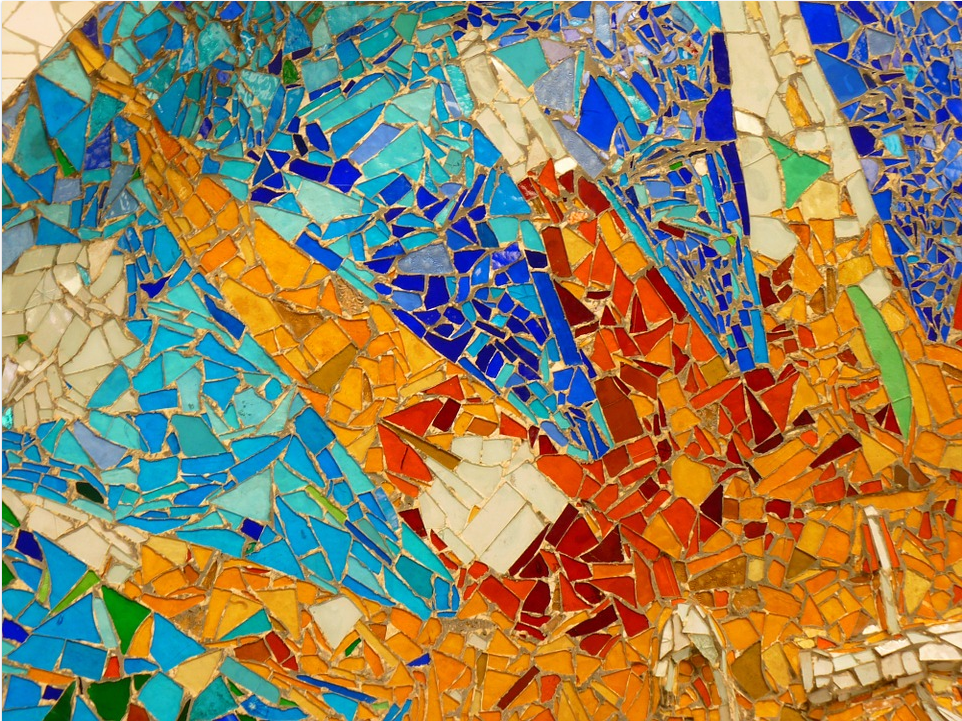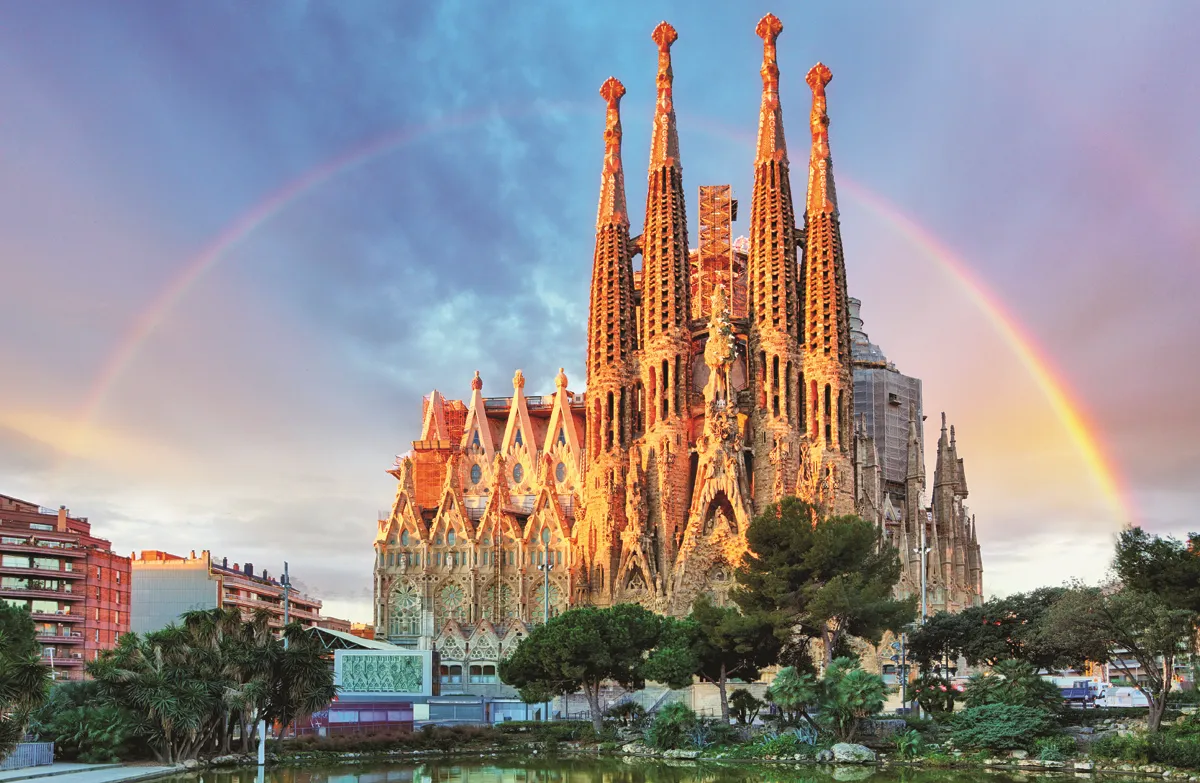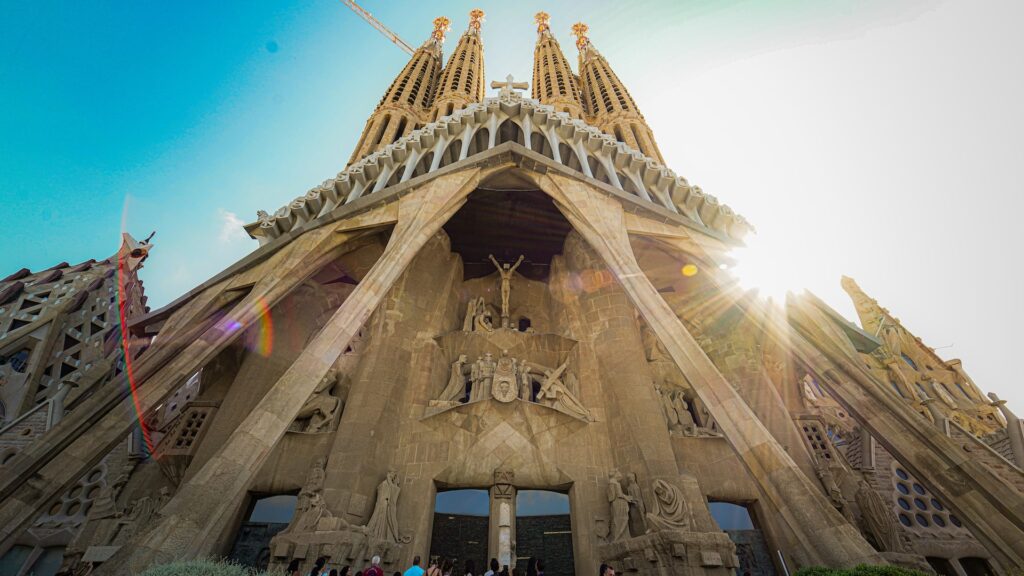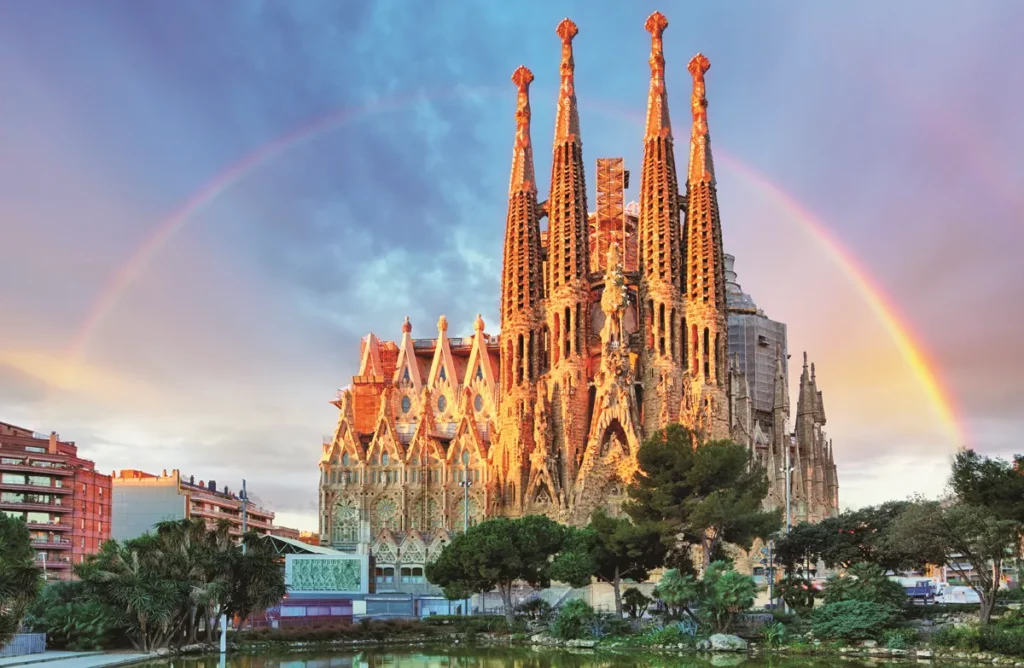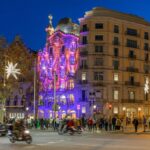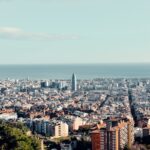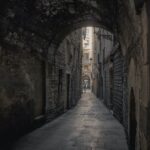La Sagrada Familia is a must-visit destination in Barcelona. Its iconic towers are easily recognisable and have become a defining element of the city’s skyline.
The temple was designed to serve as a pilgrimage route for visitors, and Antoni Gaudí dedicated 40 years of his life to its construction. The first stone of the Sagrada Familia was laid on March 19, 1882, and construction of the crypt began shortly thereafter. Antoni Gaudí took over the direction of the project due to disagreements with the promoters.
The temple was declared a World Heritage Site by UNESCO and is still unfinished today. Gaudí, who knew he would not live to see the completion of his masterpiece, left the plans for his successors. On his death in 1926, he was buried in the crypt, where he can observe the progress of the construction.
Gaudí devoted the last 15 years of his life solely to the Sagrada Familia, which represents the culmination of all his architectural achievements. He applied all his prior findings, including his work on Casa Batlló, Torre Bellesguard, La Pedrera, and the crypt of Colonia Güell. One of his significant contributions was the use of catenary arches, which enabled the construction of large structures without the need for lateral buttresses. Many columns in the temple are slanted, forming part of the arch. This design minimizes horizontal stresses and transfers most of the forces to the foundations, allowing for a more aesthetically pleasing appearance.
DID YOU KNOW?
The Sagrada Familia is not the Cathedral of Barcelona
Despite its grandeur and magnificence, the La Sagrada Familia in Barcelona is not the official cathedral of the city but the Cathedral of the Holy Cross in the Gothic Quarter. However, it should be noted that La Sagrada Familia is neither a church but a basilica.
The interior of the basilica is designed with a Latin cross with five naves, a transept with three naves, and an apse with a large ambulatory, seven polygonal chapels, and two spiral staircases leading to the choir lofts. Gaudí was inspired by nature in his design of the structures, creating columns in the shape of tree trunks, transforming the interior into a stone forest. The temple is filled with religious symbols and references, and skylights or stained glass is used to relieve the weight of the ceilings and provide illumination.
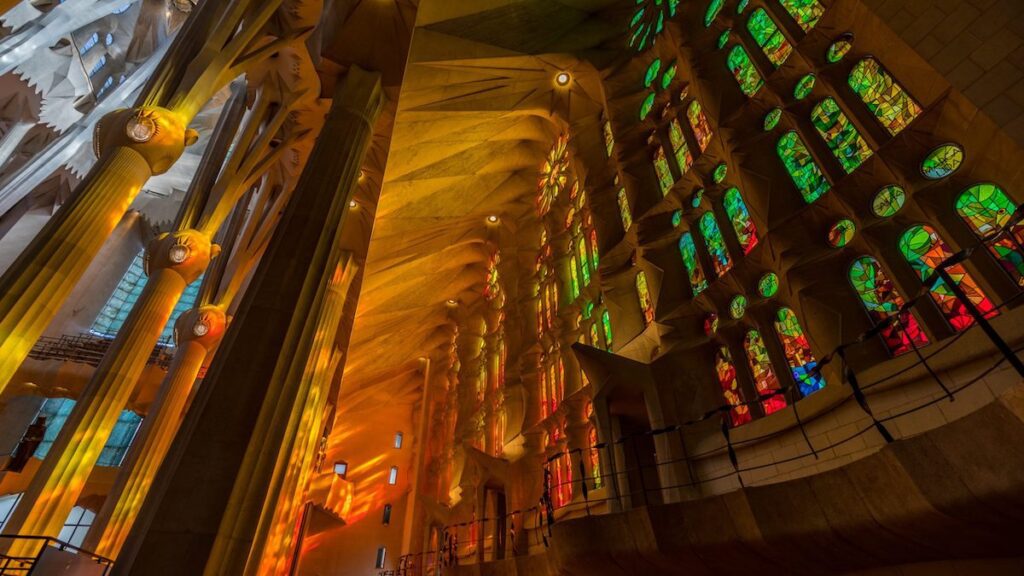
The three main façades of the Sagrada Familia, the Nativity, Passion, and Glory, are each distinct in design and symbolism. The Nativity facade is highly decorated and full of life, and was the only one Gaudí lived to see completed. The Passion facade represents the passion, death, and resurrection of Christ and is more austere, designed by sculptor Josep Maria Subirachs between 1987 and 2009. The Glory facade is larger and more monumental than the rest, and is currently under construction.
The most distinctive feature of the Sagrada Familia is its verticality, symbolizing a rise towards God, which will be achieved when all 18 towers designed by Gaudí are completed. The basilica is expected to be finished in 2026, and once complete, it will transform the skyline of Barcelona.
Currently, 70% of the basilica has been completed, with efforts focused on the central towers. The best thing about the Sagrada Familia on the inside are its impressive columns, built in materials of different hardness, and the breathtaking forest of stone columns. On the outside, the intricate facades, stained glass, and soaring towers are a feast for the eyes.
Gaudí is interred in the crypt of Sagrada Familia church in Barcelona, in the Virgen del Carmen chapel located to the left of the altar. He remains close to his masterpiece, a priceless heritage for the city that witnessed his growth as one of humanity’s greatest geniuses.



